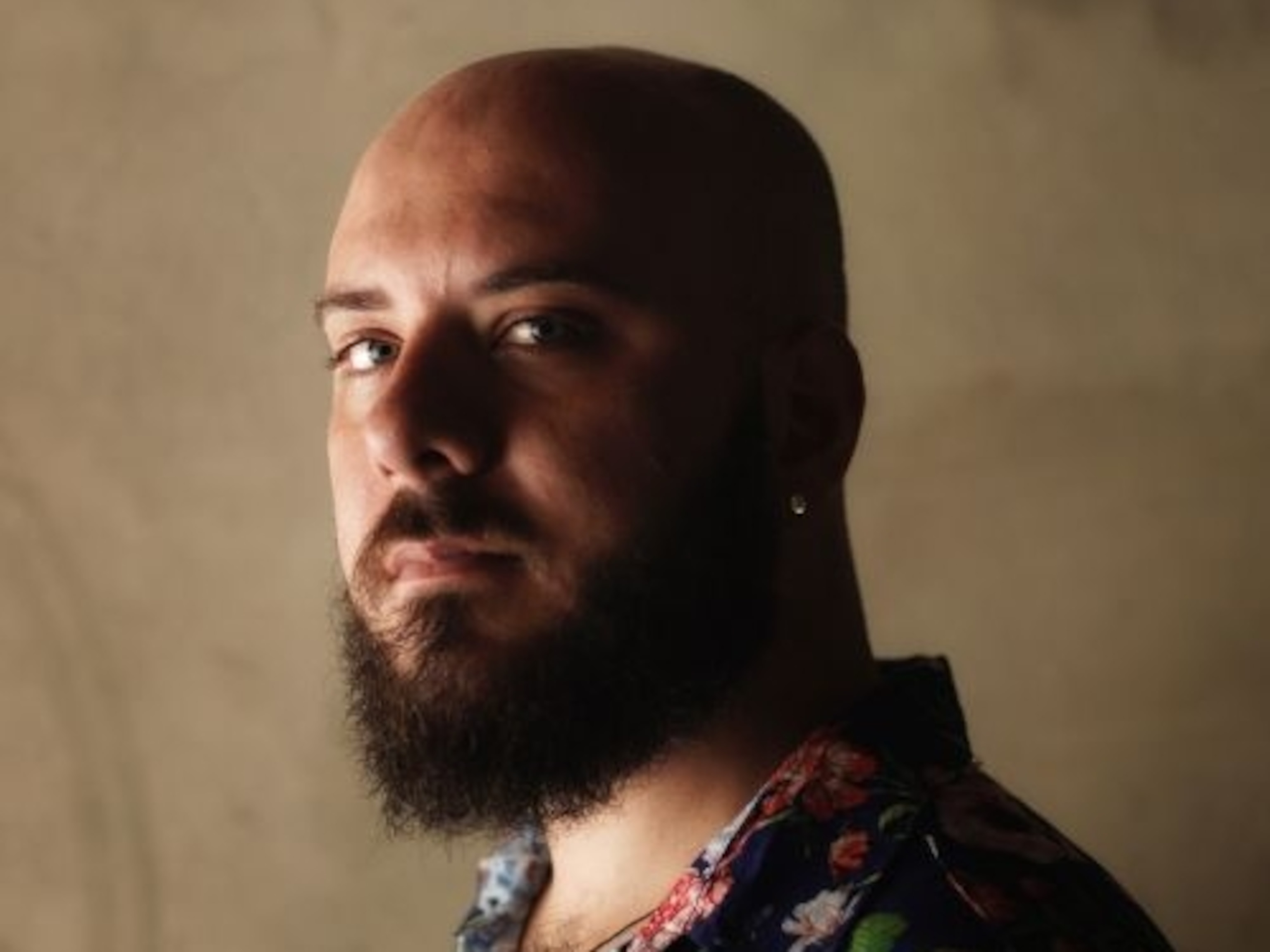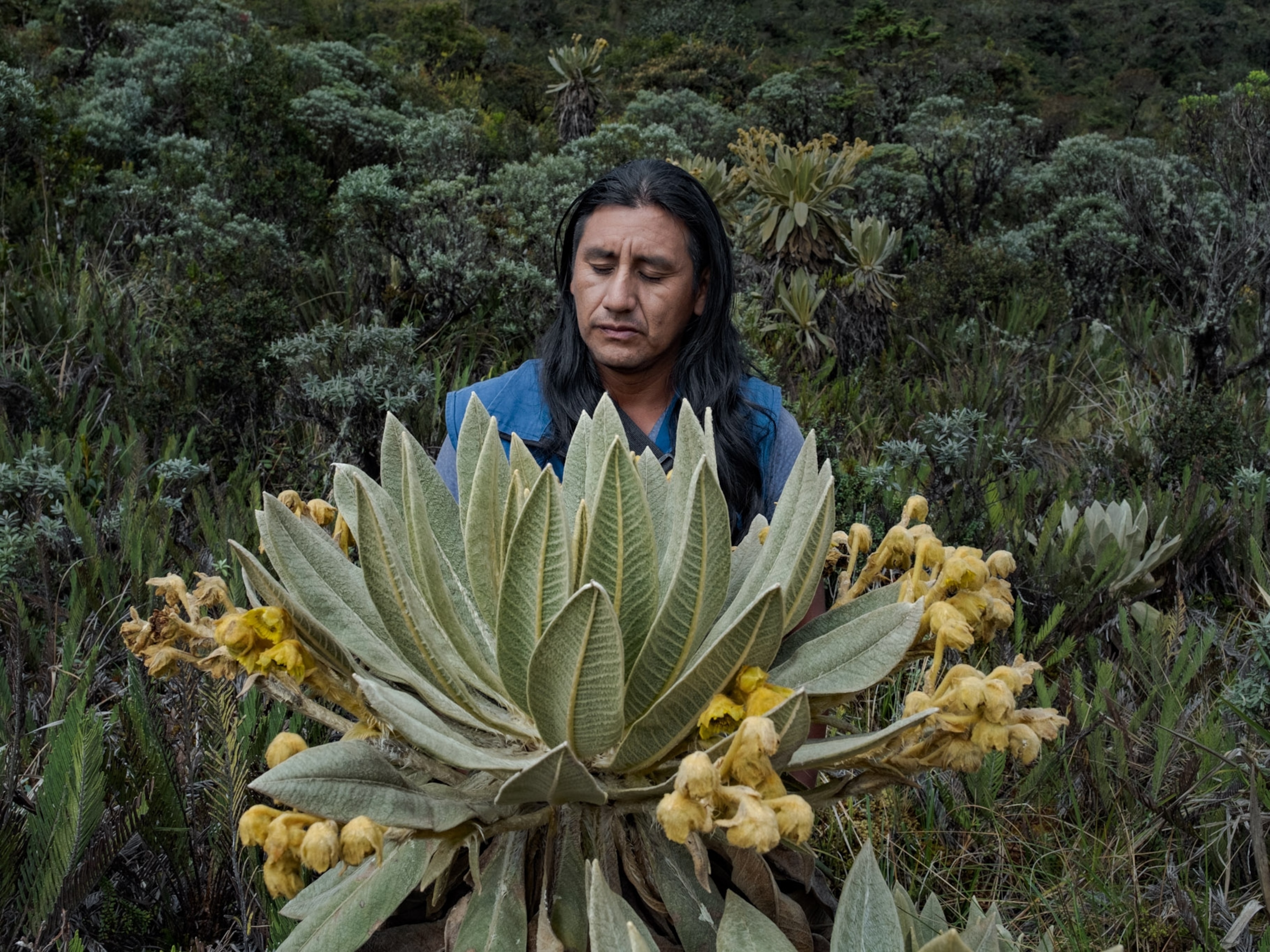Florence Goupil: Immortalizing Indigenous practices in Latin America
National Geographic Explorer and photojournalist Florence Goupil uses her camera to capture and preserve traditional knowledge and practices in the Amazon Rainforest, and beyond.
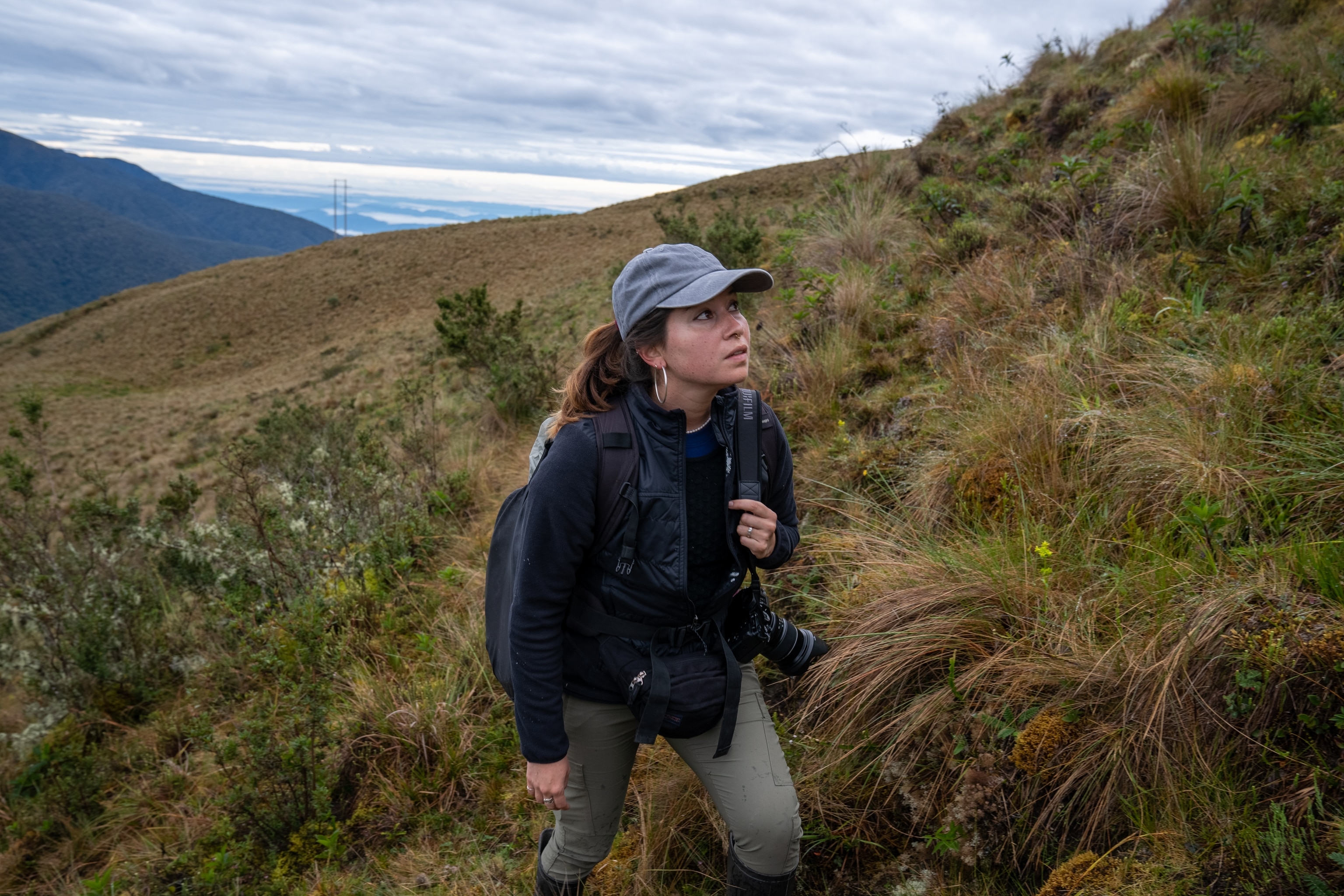
Photojournalist and National Geographic Explorer Florence Goupil was two years old when she had her first serious accident: scalding water meant for tea splashed across her face. The burns would have left evidence visible today, but she says the curative power of medicinal plants, administered by her grandmother, spared her the scarring.
The way Goupil’s Peruvian grandmother came to her aid when she was a toddler stayed with her. The photographer and storyteller, of Peruvian-Andean and French descent, has devoted her career to documenting traditional healing practices in her native Peru. Her aim is to elevate the voices of both the Indigenous peoples and local communities – and preserve an ancient practice at risk of being lost with the diminishing number of Indigenous people who still hold tight to ancestral knowledge.
.jpg)
As a generation of native elders passes on, Goupil sees a culture at risk of being extinguished, and she is committed to keeping it alive.
“Sometimes the new generation doesn’t want to receive information from the previous. The songs, healing methods, and the language are changing,” Goupil explains. “The consequence of this is the culture can just disappear with the elders when they are no longer here.” The threat of widespread deadly disease put the issue into sharp relief in 2020.
“Indigenous,” Goupil says, has become an “antonym for development,” and she has witnessed how these communities have been left behind during difficult times for all of humanity, with the indiscriminate COVID-19 virus ravaging lives even in isolated rainforest communities.
When the pandemic struck, Goupil took up her camera to document the implications of the disease for people without access to basic sanitation and health resources. She realized Indigenous communities residing in Peru’s capital city, Lima, as well as those living in the remote pockets of the Amazon, relied on natural remedies to combat the virus, as “the neglect of the state” left them to their own devices.
“I really admired their way of finding solutions when the government didn’t help them at all,” Goupil says.“I found these people so brave to rely on what they know best, and that’s plants and the forest.”
Goupil’s storytelling has born impact. Her Society-funded documentation of the Indigenous Shipibo-Konibo population helped bring the disparity issue into the spotlight, and the local government began to supply aid and medical attention where they weren’t before. And her work isn’t stopping as the virus recedes. As Goupil highlights, other longstanding issues continue to threaten Indigenous identity, at which she plans to direct her lens to prompt change.
Spiritual practices and mother tongues have been under fire far before the pandemic.
“The language is disappearing,” Goupil emphasizes. "Only 30 years ago there were more than 70 different languages in the rainforest—today there are less than 40.”
The United Nations Development Programme reports that of Peru’s 47 remaining Indigenous languages, 44 are native to the Amazon, belonging to more than 50 Indigenous communities. According to the country’s Ministry of Culture, an additional 37 native languages have gone extinct in the last century.
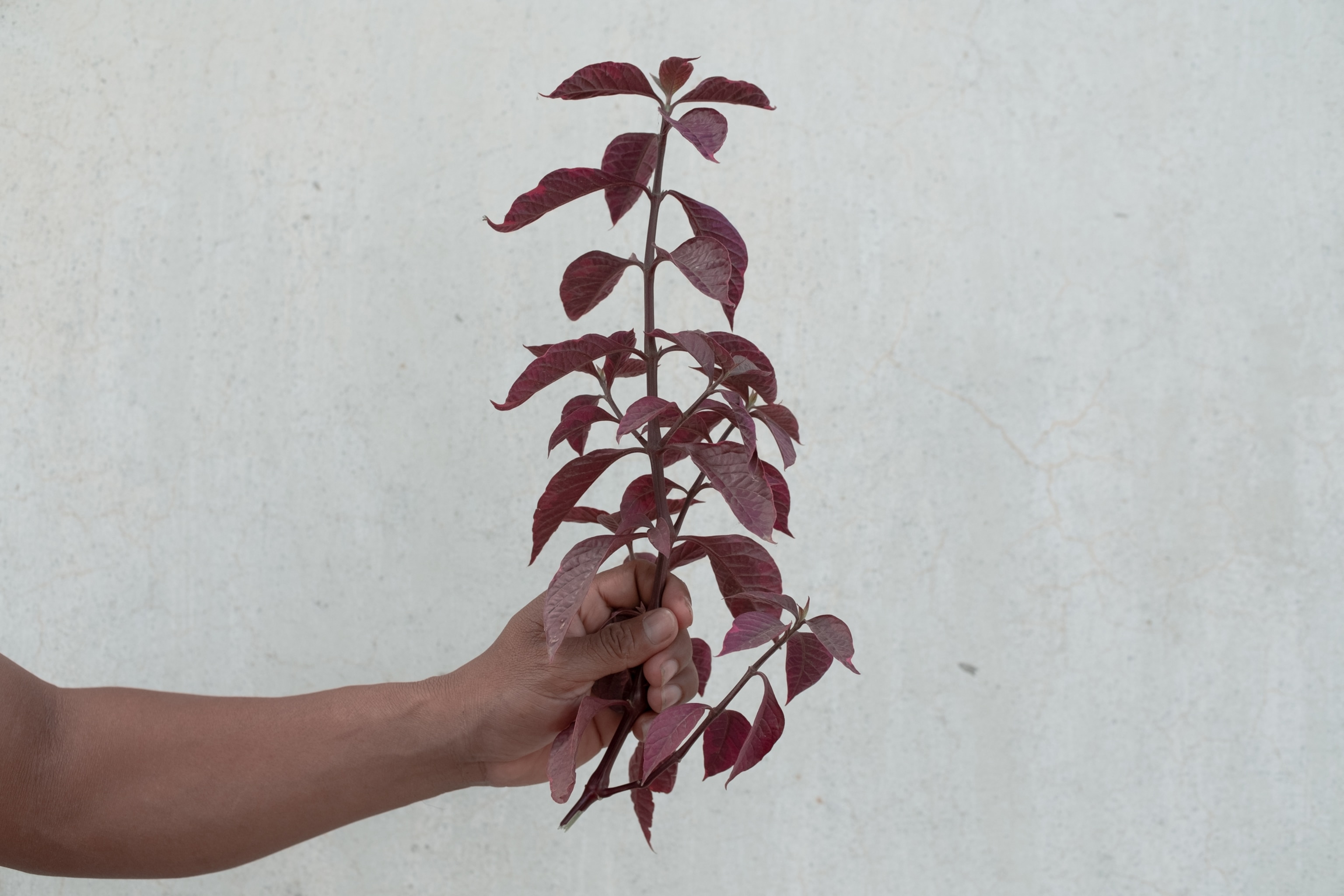
The timing of her work is key. Goupil sees her charge as bringing visibility to the magnificence and importance of traditional knowledge and also preserving it as a“living memory” for the world to better understand and appreciate.
Documenting these communities’ connection to nature through photography, she says, means being able to highlight their culture in a universal language.
“It has to be in a language that is shared by everyone,” she presses, adding that the richness of Indigenous identity is showcased best through visuals.
She paints a picture of “a colorful world,” speckled with precise patterns in traditional dress, art, and face painting, each their own form of storytelling. The significance of imagery to these communities, and what each detail represents, are elements Goupil is determined to document correctly.
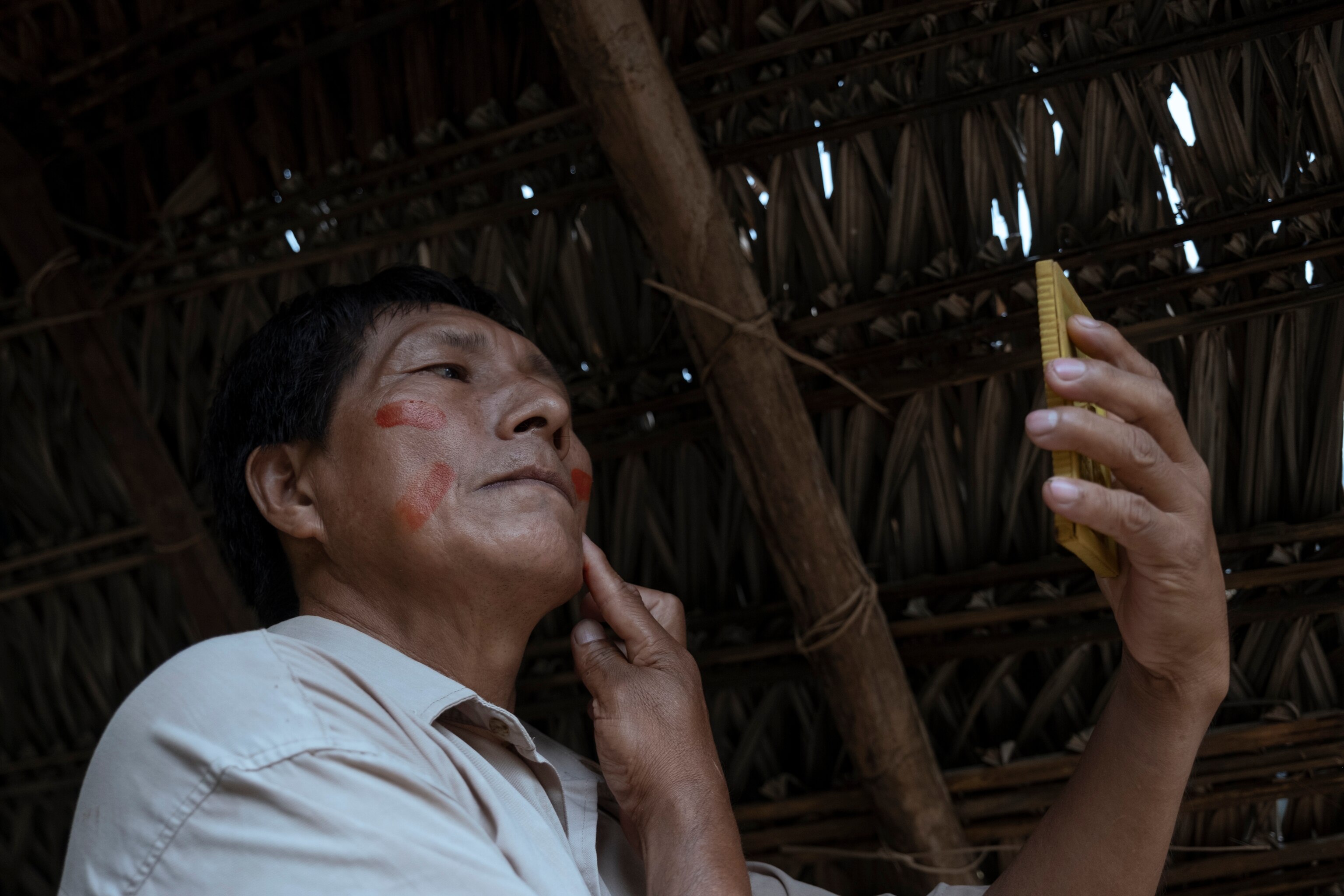
Immortalizing their lifestyle and the wealth of knowledge around the natural world begs accurate representation, Goupil stresses. In the years she has spent covering human rights, identity, environment, and spirituality across Latin America, she has learned the importance of getting close to her subjects and seeks to truly understand them.
A lesson she’s gained from investing time with Indigenous communities in the rainforest is how they look upon the natural world with respect, something she insists we can all learn from.
“They believe the rainforest is a living being, that each plant is attached to a spirit or deity, that each plant is a being equal to them—so how could they destroy it?” Goupil emphasizes.
“Learning what they do could change our world. We don’t listen to them, but if we only did, we would walk through this world without destroying it so much.”
ABOUT THE WRITER
For the National Geographic Society: Natalie Hutchison is a Digital Content Producer for the Society. She believes authentic storytelling wields power to connect people over the shared human experience. In her free time she turns to her paintbrush to create visual snapshots she hopes will inspire hope and empathy.

